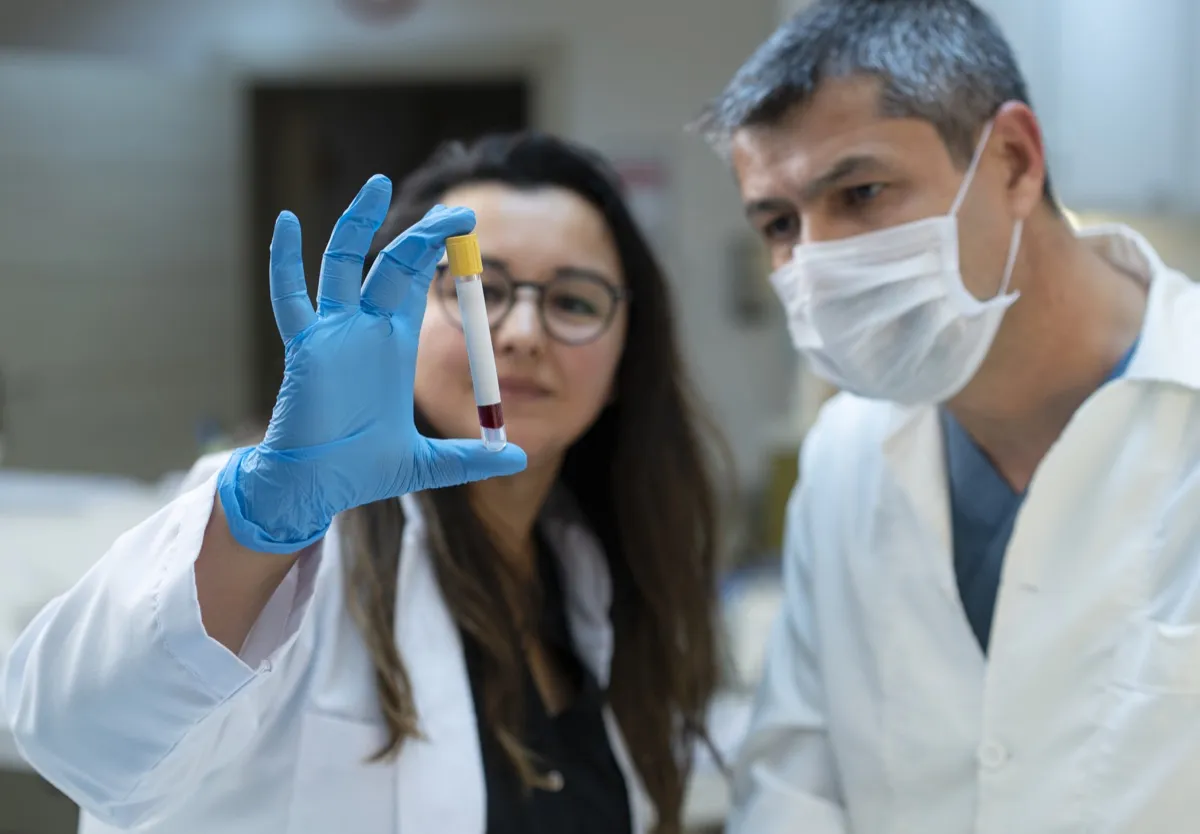The new study, published in The Lancet journal on Sept. 25, found that fewer than 1 in 10 Americans showed signs of a prior coronavirus infection as of late July, indicating that the “vast majority” are still vulnerable to a coronavirus infection. Observing around 28,500 patients being treated for dialysis around the country, the researchers searched for the prevalence of coronavirus antibodies to indicate how many people had prior signs of the virus. Antibodies are typically generated in the bodies of those infected as a response to any infection, including the coronavirus.ae0fcc31ae342fd3a1346ebb1f342fcb And the researchers’ findings are in line with an as-yet-to-be-released study the Centers for Disease Control and Prevention (CDC) is currently working on, according to CDC director Robert Redfield. “The preliminary results in the first round [of the unreleased study] show that a majority of our nation, more than 90 percent of the population, remains susceptible,” Redfield said at a Senate hearing hosted by the Committee on Health, Education, Labor and Pensions on Sept. 23. “A majority of Americans are still susceptible.” This means that even though more than seven million cases have already been reported in the country, most Americans have yet to have the virus—despite the fact that it was assumed many cases had gone unreported because of the high level of virus spread in the summer. This finding isn’t just concerning because it means that most Americans can still get infected with the virus. It also reflects that herd immunity as a means of stopping the coronavirus may be unlikely anytime soon. After all, herd immunity can only be reached when enough of the population has developed some kind of protection against the virus to stop it from spreading as easily. “If we’re measuring herd immunity by antibodies, then this study does not support that there is herd immunity,” Shuchi Anand, co-author of the study and a nephrologist at Stanford University, told CNBC. RELATED: For more up-to-date information, sign up for our daily newsletter. The study found that only 8 percent of the dialysis patients had coronavirus antibodies. When adjusting for the general population, Anand said that it would rise to around 9 percent. To be fair, some scientists have called into question the researchers’ generalization of infection prevalence within the general population through studying dialysis patients. “It’s a huge leap from dialysis to general adults,” Eli Rosenberg, an epidemiologist at the State University of New York at Albany, who was not part of the study, told CNBC. He also explained that dialysis patients have an underlying condition that may make them more susceptible to infection. And for more research on prior infection, You Might Have Had COVID If You Had This Symptom in December, Study Finds.
